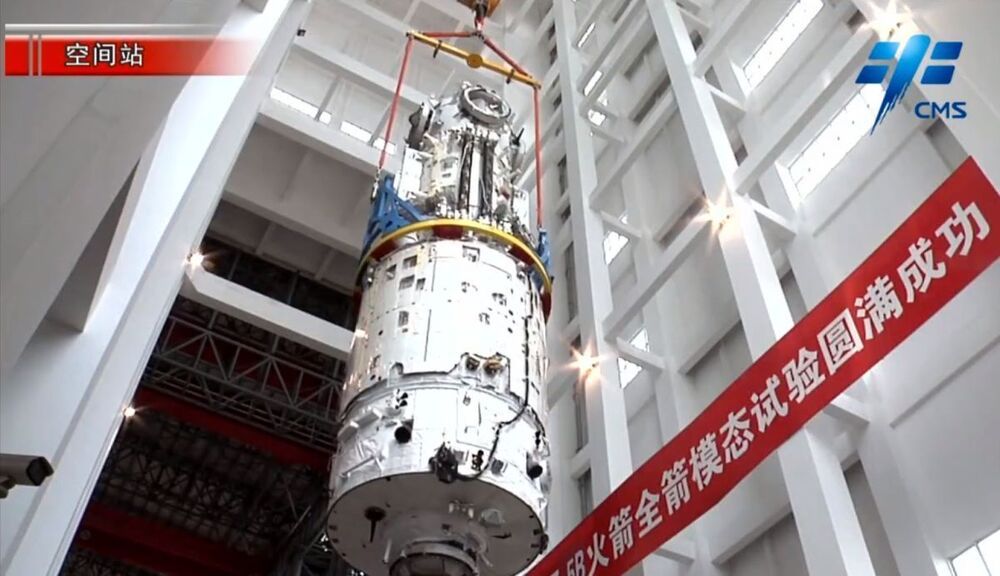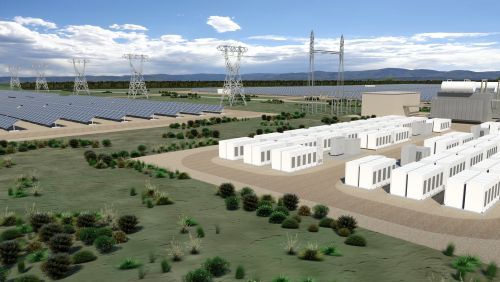A team of Australian researchers believe they have taken a significant step towards unlocking the regenerative power of the stem cells in our bodies.
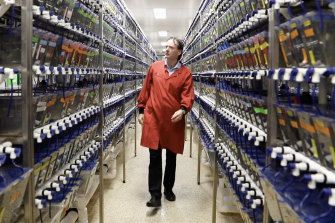

The plasma compression fusion device (PCFD) generates the energy gain by plasma compression-induced nuclear fusion. This concept has the capability of maximizing the product of plasma pressure and energy confinement time to maximize the energy gain, and thus give rise to fusion ignition conditions. The preferred embodiment of this original concept uses a hollow cross-duct configuration of circular cross section in which the concentrated magnetic energy flux from two pairs of opposing curved-headed counter-spinning conical structures (possibly made from an alloy of tungsten with high capacitance) whose outer surfaces are electrically charged compresses a gaseous mixture of fusion fuel into a plasma, heated to extreme temperatures and pressures. The generated high-intensity electromagnetic (EM) radiation heats the plasma and the produced magnetic fields confine it in between the counter-spinning conical structures, named the dynamic fusors (four of them-smoothly curved apex sections opposing each other in pairs). The dynamic fusors can be assemblies of electrified grids and toroidal magnetic coils, arranged within a conical structure whose outer surface is electrically charged. The cross-duct inner surface surrounding the plasma core region is also electrically charged and vibrated in an accelerated mode to minimize the flux of plasma particles (including neutrals) from impacting the PCFD surfaces and initiating a plasma quench. The fusion fuel (preferably deuterium gas) is introduced into the plasma core through the counterspinning conical structures, namely, injected through orifices in the dynamic fusor heads. There is envisioned another even more compact version of this concept, which uses accelerated vibration in a linear-duct configuration (using two counterspinning dynamic fusors only) and would best be suited for fusion power generation on aircraft, or main battle tanks. The concept uses controlled motion of electrically charged matter through accelerated vibration and/or accelerated spin subjected to smooth, yet rapid acceleration transients, to generate extremely high-energy/high-intensity EM radiation (fields of high-energy photons) which not only confines the plasma but also greatly compresses itso as to produce a high power density plasma burn, leading to ignition. The PCFD concept can produce power in the gigawatt to terawatt range (and higher) with input power in the kilowatt to megawatt range and can possibly lead to ignition (selfsustained) plasma burn. Several important practical engineering and operational issues with operating a device such as the PCFD are discussed.
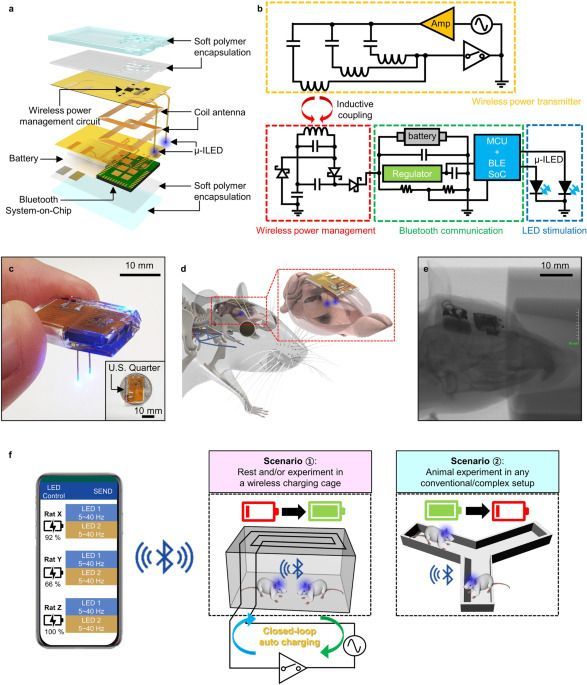
Although wireless optogenetic technologies enable brain circuit investigation in freely moving animals, existing devices have limited their full potential, requiring special power setups. Here, the authors report fully implantable optogenetic systems that allow intervention-free wireless charging and controls for operation in any environment.
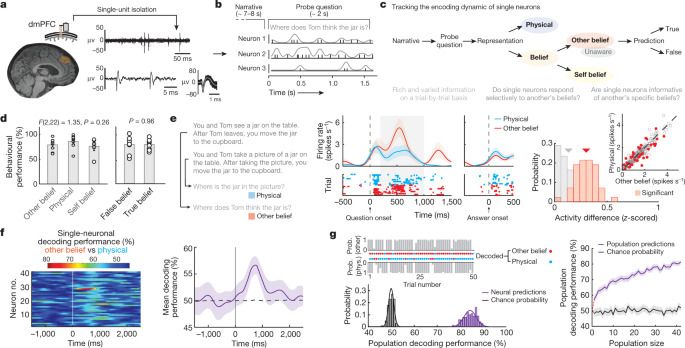

Despite great advances in the field of intensive care, when patients survive a severe.
Brain injury but remain in a chronic Vegetative State (VS) or Minimally Conscious.
State (MCS) (i.e., a disorder of consciousness; DOC), little can be done to promote.
Recovery [1]. To date, several restorative strategies have been investigated in DOC.
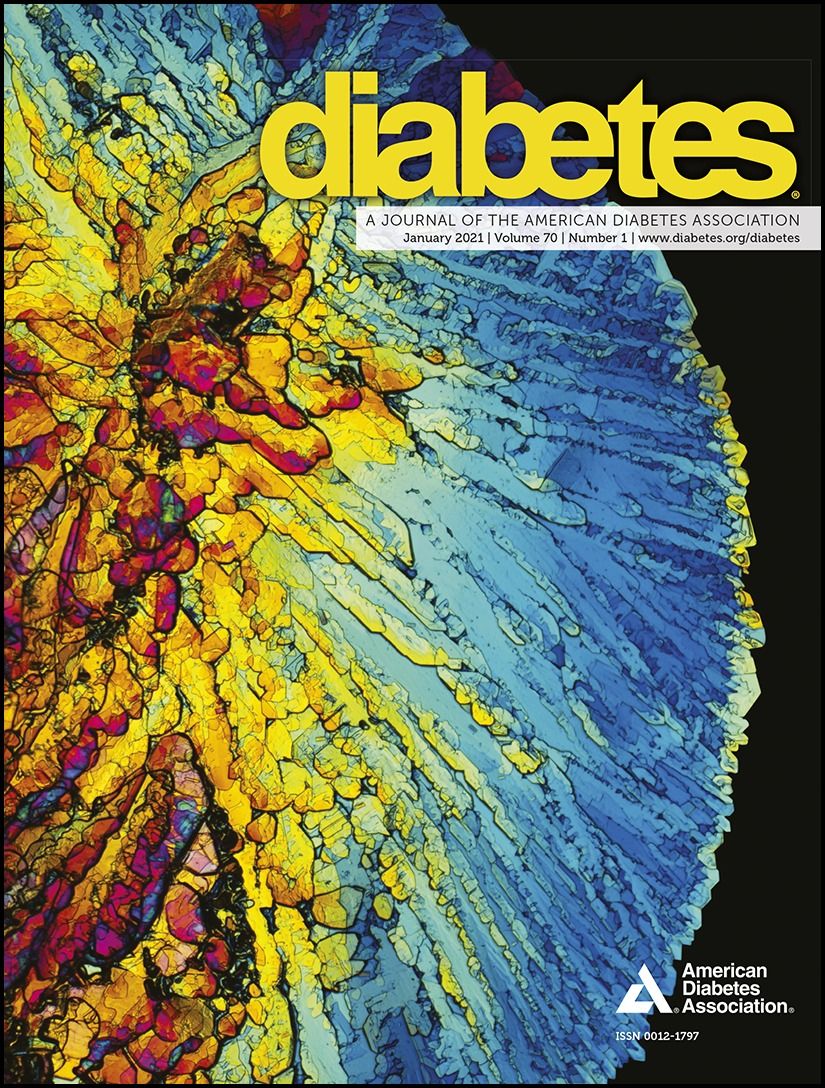
Circulating branched-chain amino acids (BCAAs) are elevated in obesity and diabetes, and recent studies support a causal role for BCAAs in insulin resistance and defective glycemic control. The physiological mechanisms underlying BCAA regulation are poorly understood. Here we show that insulin signaling in the mediobasal hypothalamus (MBH) of rats is mandatory for lowering plasma BCAAs, most probably by inducing hepatic BCAA catabolism. Insulin receptor deletion only in agouti-related protein (AgRP)–expressing neurons (AgRP neurons) in the MBH impaired hepatic BCAA breakdown and suppression of plasma BCAAs during hyperinsulinemic clamps in mice. In support of this, chemogenetic stimulation of AgRP neurons in the absence of food significantly raised plasma BCAAs and impaired hepatic BCAA degradation.
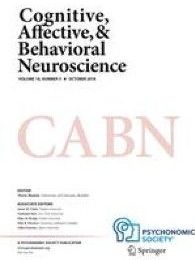
During the past two decades, cognitive neuroscientists have sought to elucidate the common neural basis of the experience of beauty. Still, empirical evidence for such common neural basis of different forms of beauty is not conclusive. To address this question, we performed an activation likelihood estimation (ALE) meta-analysis on the existing neuroimaging studies of beauty appreciation of faces and visual art by nonexpert adults (49 studies, 982 participants, meta-data are available at https://osf.io/s9xds/). We observed that perceiving these two forms of beauty activated distinct brain regions: While the beauty of faces convergently activated the left ventral striatum, the beauty of visual art convergently activated the anterior medial prefrontal cortex (aMPFC). However, a conjunction analysis failed to reveal any common brain regions for the beauty of visual art and faces.

